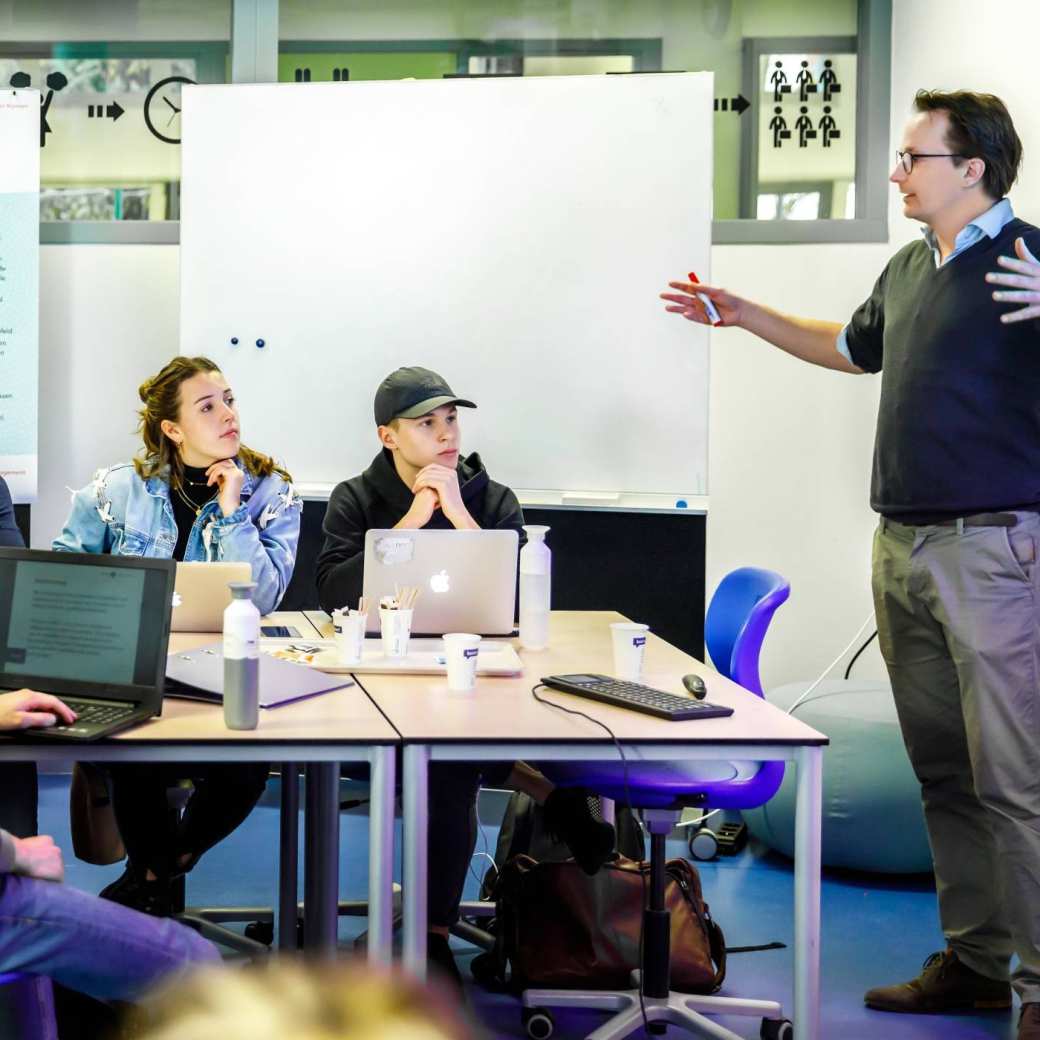Dutch Architecture meets Dutch Landscape Architecture
Learn about the historical connection between Dutch architecture and Dutch landscape architecture. And discover how these fields are becoming ever more intertwined in practice today. How can challenges such as climate change, sustainability and green cities lead to new shapes and different materials, inspiring expressions or even give rise to new architectural typologies?

The program in a nutshell
During this exchange program, you’ll be challenged to make a site-specific design. It has to incorporate both building and landscape elements. And it must be a comprehensive design for a location and program of your choice within the municipality of Arnhem.
You’ll visit the highlights of modern projects where both disciplines coincide. Get a hands-on, inside-out experience on location. And discover and learn how to use design tools.
Be part of a mixed group of students from different countries and with different educational backgrounds. They could be studying architecture, landscape architecture or some form of design. Learn from each other.

Program details
Learning outcomes
- write a paper on Dutch architecture.
- create an architectural analysis and present it visually.
- create a clearly stated and presented architectural design which gives a solution for the project definition.
- write one or more papers with reflections on products, design process and professional development.
- visually present your design and communicate its authenticity.
- formulate a project definition on your chosen theme and chosen project task.

Competences
You strengthen these competences during the program:
Subject competences (level 3):
- Initiating and guiding: define theme and problem / project task (design project definition)
- Designing: architectural design (drafting and assessing alternatives in design phases)
- Specifying: detailing and materialization (prepare project data for permit application)
- Monitoring, testing and evaluating: Planned and project work in cyclic processes
Generic competences (level 3).
- Conducting research: researching, collecting and analyzing architectural data
- Communicating and collaborating: communication visual and authentic manner
- Managing and innovating: steer professional development, determining your position

Dutch way of learning
The atmosphere in a Dutch classroom is quite informal and your lecturers are easy to talk to. In fact, at HAN you’re seen as a partner in the learning process. Class sizes are small and your lecturers encourage you to actively participate in class. To ask questions and give your own opinion. They also stimulate you to be creative and to discover things for yourself.

HAN International Intro
Get a good start to your studies during this week of orientation:
- learn about living in the Netherlands
- become familiar with the campus
- get on board with your exchange program
- make new friends!

What about credits and grading?
At HAN we use the European Credit Transfer and Accumulation System, or ECTS. It’s the standard credit system used in higher education across Europe. How does it work? One credit = 28 hours of study. Think of contact hours. Time spent working on assignments. Preparing for exams.
One semester = 30 credits = 840 hours of study. To earn credits, you need to pass your exams. What counts as a pass? A grade of at least 5.5.

Admission
What are the admission requirements? And how do I apply?
